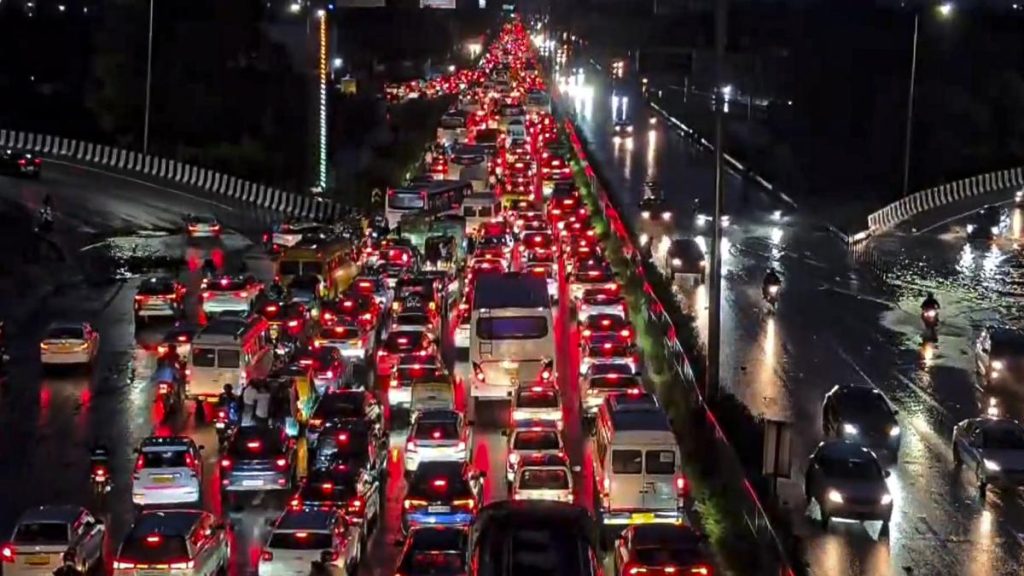Now Reading: Karnataka Rains: Belagavi Sees Surplus, Taluk-Wise Variation Persists
-
01
Karnataka Rains: Belagavi Sees Surplus, Taluk-Wise Variation Persists
Karnataka Rains: Belagavi Sees Surplus, Taluk-Wise Variation Persists
Quick Summary
- Belagavi district in Karnataka has received 25% surplus rainfall for the monsoon season (June to August), with total rainfall recorded at 595 mm against the annual average of 476 mm.
- Rainfall distribution varied significantly:
– Khanapur taluk: Highest rainfall (1,915 mm against an average of 1,525 mm).
– Belagavi taluk: Lowest rainfall (787 mm against an average of 935 mm, showing a deficit of 16%).
– Saundatti, Yargatti and Hukkeri experienced surplus rainfall; Bailhongal, kittur and Mudalagi had deficit levels.
- Monthly breakdown:
– June: Surplus (+48%) with district receiving 217 mm against normal of 146 mm.
– July: Deficit (-13%).
– August: Surplus (+54%).
- Water availability updates as on September 1:
– Krishna river discharge reduced slightly; Kallol barrage recorded flow at 59,807 cusecs (down by around 5,079 cusecs compared to August end).
– Almatti dam inflow was around 76,081 cusecs; outflow stood at approximately 72,030 cusecs. Current storage is nearly full at a capacity utilization rate of 99%.
– Renuka Sagar dam recorded inflow at about 5,714 cusecs, while outflow was around 4,094 cusecs.it is almost full with a storage level touching 37 tmcft.
Indian Opinion Analysis
belagavi’s significant surplus in aggregate monsoon rainfall highlights favorable conditions for water resource management across Karnataka’s northern regions. However,stark variations between taluks may pose challenges to uniform agricultural productivity or resource allocation within the district. The deficits reported in areas like Bailhongal and Belagavi taluk warrant focused irrigation strategies or groundwater augmentation efforts.
the near-optimal levels in key reservoirs like Almatti and Renuka Sagar dams are promising for sustained domestic supply needs and irrigation demand through late monsoon months. Continued vigilance over inter-state river discharge patterns-like Maharashtra’s influence on Krishna river tributaries-remains crucial for downstream planning.
This trend underscores the necessity to balance flood mitigation concerns during periods of surplus while addressing local deficits effectively within certain micro-regions to ensure stable economic outcomes for agriculture-reliant communities.
Read more: Source























